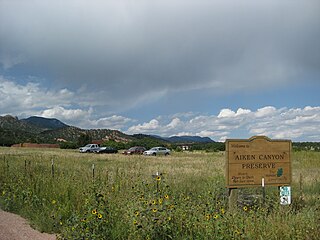 W
WAiken Canyon Preserve is a 1,621-acre (6.56 km2) Nature Conservancy-managed state property in Colorado. It was first observed and named after Charles Aiken who was a 19th century U.S. surveyor, pioneer and ornithologist who first surveyed Aiken Canyon in the 1870s and identified more than 75 bird species. The preserve consists of foothills, shrub and woodland ecosystems and is 12.4 miles southeast from Colorado Springs located on the eastern slope of the Rampart Range which is within a smaller foothill system of the Front Range. The surrounding mountain ranges of the Rampart Range and Palmer Divide created the nature preserves sustainable ecosystem. There is also a four-mile (6 km)-loop hiking trail on the preserve.
 W
WThe American Rainwater Catchment Systems Association is an American non-profit association founded by Dr. Hari Krishna in 1994, focused on rainwater awareness and to promote sustainable rainwater harvesting (RWH) practices in the United States and around the world.
 W
WThe California State Water Resources Control Board (SWRCB) is one of six branches of the California Environmental Protection Agency.
 W
WThe Chesapeake Bay Foundation (CBF) is a non-profit organization devoted to the restoration and protection of the Chesapeake Bay in the United States. It was founded in 1967 and has headquarters offices in Annapolis, Maryland. The foundation has field offices in Salisbury, Maryland; Harrisburg, Pennsylvania; Richmond, Virginia; Norfolk, Virginia and Washington, D.C.
 W
WThe Chesapeake Bay Program is the regional partnership that directs and conducts the restoration of the Chesapeake Bay in the United States. As a partnership, the Chesapeake Bay Program brings together members of various state, federal, academic and local watershed organizations to build and adopt policies that support Chesapeake Bay restoration. By combining the resources and unique strengths of each individual organization, the Chesapeake Bay Program is able to follow a unified plan for restoration. The program office is located in Annapolis, Maryland.
 W
WThe Hudson River Sloop Clearwater, Inc. is a non-profit organization based in Beacon, New York that seeks to protect the Hudson River and surrounding wetlands and waterways through advocacy and public education. Founded by folk singer Pete Seeger with his wife Toshi Seeger in 1966, the organization is known for its sailing vessel, the sloop Clearwater, and for its annual music and environmental festival, the Great Hudson River Revival.
 W
WThe Coastal and Estuarine Research Federation (CERF) is a private, nonprofit organization that was created in 1971. At that time, the members of two regionally based organizations, the Atlantic Estuarine Research Society (AERS) and the New England Estuarine Research Society (NEERS) recognized the need for a third estuarine organization that would address national estuarine and coastal issues. Today, CERF is a multidisciplinary federation of members and seven regionally based affiliate societies dedicated to the understanding and wise stewardship of estuaries and coasts worldwide.
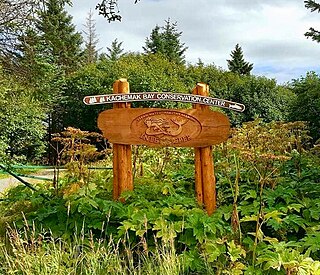 W
WCook Inletkeeper is a non-profit water conservation and ecology organization based in Homer, Alaska. Their stated goal is "promoting sound public policies that protect fish habitat and water quality; and holding individuals, industry and agencies accountable for habitat, water quality and human health in the Cook Inlet watershed. " The organization was founded in 1994 with funds from a legal settlement involving oil companies that extracted resources from Cook Inlet. They are part of the Waterkeeper Alliance. They were involved in pressuring the National Marine Fisheries Service to list the Cook Inlet population of beluga whales as endangered. They have also been active in opposing open-pit mining in the Cook Inlet area. They also manage a water quality laboratory in Homer that monitors 240 sites around Cook Inlet. In 2005, Robert F. Kennedy Jr. spoke in support of their efforts at the group's ten-year anniversary celebration. He stated that "The fish in that inlet belongs to the people. Everybody has a right to use them. Nobody has a right to use them in a way that will diminish or injure their use and enjoyment by others."
 W
WThe Dakota Access Pipeline protests, also called by the hashtag #NoDAPL, were grassroots movements that began in early 2016 in reaction to the approved construction of Energy Transfer Partners' Dakota Access Pipeline in the northern United States. The pipeline was projected to run from the Bakken oil fields in western North Dakota to southern Illinois, crossing beneath the Missouri and Mississippi Rivers, as well as under part of Lake Oahe near the Standing Rock Indian Reservation. Many in the Standing Rock tribe and surrounding communities consider the pipeline to constitute a serious threat to the region's water. The construction is also seen as a direct threat to ancient burial grounds and cultural sites of historic importance.
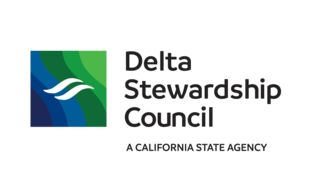 W
WThe Delta Stewardship Council is a Government of California agency that is tasked with managing the Sacramento–San Joaquin River Delta.
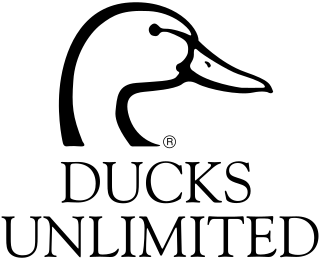 W
WDucks Unlimited (DU) is an American nonprofit organization 501(c) dedicated to the conservation of wetlands and associated upland habitats for waterfowl, other wildlife, and people. It has had a membership of around 700,000 since January 2013.
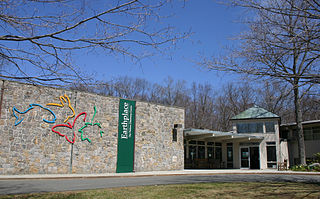 W
WEarthplace is a nature discovery and environmental learning center in Westport, Connecticut, whose purpose is to build a passion and respect for nature and a more sustainable future for our community. Earthplace blends science, nature conservation, and education into pathways for experiencing and learning about the natural world.
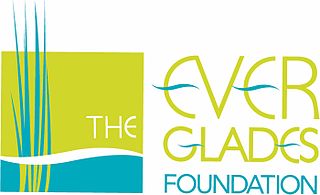 W
WThe Everglades Foundation was formed by a group of outdoor enthusiasts, environmentalists and residents of Florida who were concerned over the decline of the Everglades and the resulting damage in the nearby natural and protected areas such as Florida Bay. The original founding members, George Barley, a wealthy Orlando developer, and billionaire Paul Tudor Jones II, spearheaded the organization's growth, and shared the same concern over the steady decline of the environmental balance in this unique and delicate ecosystem, due to poor water management and pollution.
 W
WFlorida Lakewatch, established in 1986, is a number of things. It has grown since its inception to do a number of tasks, all concerned with the health of lakes and rivers in Florida. There are more than 5,400 lakes in Florida and a number of rivers. Florida Lakewatch is basically a volunteer water-monitoring program. This project is headquartered at Gainesville, Florida, within the campus of the University of Florida. Florida Lakewatch has in its history obtained funding from a number of sources, but currently is mostly funded by the state of Florida. This project accepts donations from private donors, as well.
 W
WThe Great Lakes Protection Fund is a publicly capitalized, private corporation created in 1989 by the Governors of the states surrounding the Great Lakes. The Fund invests a one-time contribution of public funds and uses the investment income for two purposes: first, to test new regional actions that improve the health of the Great Lakes; and second, to provide resources for states to support their individual Great Lakes priorities.
 W
WThe Greenbrier River Watershed Association is one of the oldest watershed associations in the state of West Virginia, currently on its 15th year of existence. It has supported the creation of other watershed associations throughout the state and maintains a policy of "upstream courtesy" and "downstream courtesy" with its neighbors.
 W
WThe Inland Waterways Commission was created by Congress in March 1907, at the request of President Theodore Roosevelt, to investigate the transportation crisis that recently had affected nation's ability to move its produce and industrial production efficiently. The immediate crisis centered on insufficient railroad capacity developed by the private sector, and competing but neglected inland shipping, the navigation of which had been deemed under federal purview since 1824. The temporary commission lasted until the end of Roosevelt's presidency, but his conservationist progressive interest was focused more than on transportation alone. The president wanted water projects to be considered for their multiple uses and in relation to other natural resources and asked for a comprehensive plan for the improvement and control of the river systems of the United States.
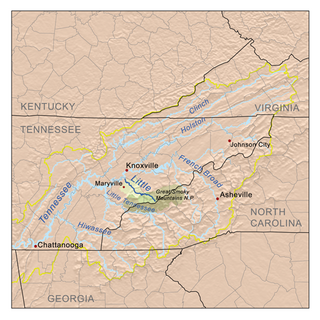 W
WThe Little Tennessee Watershed Association (LTWA) is a conservation organization formed in 1993 in Franklin, NC to protect and restore the health and waters of the Little Tennessee River and its tributaries upstream of the Fontana reservoir through monitoring, education, habitat restoration, and citizen action. With around 140 members, the organization advocates for the conservation of the watershed in Macon County and its surrounding counties, helps protect and restore at-risk properties in the watershed, and maintains a biomonitoring program that charts the quality of aquatic life and biodiversity of the river.
 W
WThe Minnehaha Creek Watershed District's mission is to collaborate with public and private partners to protect and improve land and water for current and future generations. The Minnehaha Creek in its name refers to the water link from Lake Minnetonka to the Mississippi River. The watershed is much bigger than that lake or creek, and includes 29 communities, and encompasses 178 square miles (460 km2). It stretches West from about Minnehaha Falls to Saint Bonifacius and North to Maple Plain. It includes 129 lakes and 8 major creeks in Hennepin and Carver counties. Some of the lakes in the district are: Bde Maka Ska, Harriet, Nokomis, Parley, Minnewashta and Katrina.
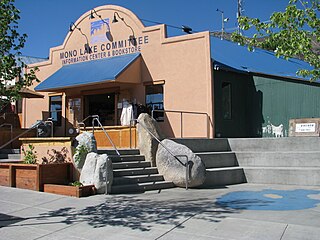 W
WThe Mono Lake Committee (MLC) is an environmental organization based in Lee Vining, California in the United States. Its mission is to preserve Mono Lake, by reducing diversions of water from the Eastern Sierra watersheds by the Los Angeles Department of Water and Power (LADWP).
 W
WThe North Brooklyn Boat Club or NBBC is a Brooklyn-based nonprofit dedicated to promoting environmental stewardship and human-powered recreational boating on Newtown Creek and the East River. NBBC's mission is to reclaim, protect and celebrate the waterways.
 W
WPotomac Riverkeeper Network is an environmental, registered non-profit organization based in Washington, D.C. that is dedicated to protecting the Potomac River and its tributaries. As a "riverkeeper" organization, it is a member of the umbrella organization Waterkeeper Alliance.
 W
WThe River, Estuary, and Coastal Observing Network (RECON) is a pioneering waterway observing system founded and maintained by Sanibel-Captiva Conservation.
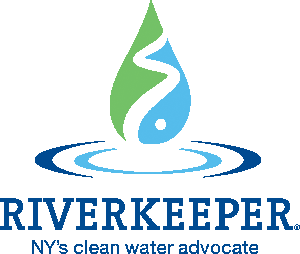 W
WRiverkeeper is a non-profit environmental organization dedicated to the protection of the Hudson River and its tributaries, as well as the watersheds that provide New York City with its drinking water. It started out as the Hudson River Fisherman's Association (HRFA) in 1966, a citizen-led environmental enforcement organization founded by a group of recreational and commercial fisherman. In 1983, HRFA hired John Cronin, the first full-time Hudson Riverkeeper, to patrol the river, protect it from polluters, and enforce environmental laws. In 1986, the group officially changed its name to Riverkeeper, making it the first "keeper" group to be founded. Their movement motivated the formation of "keeper" groups across the world, protecting rivers, bays, lakes, and coastal waterways. In 1999, the Waterkeeper Alliance, was created as an umbrella organization to unite and support "keeper" organizations. Two decades later, in December 2019, the network had grown to 350 members in 46 countries, with half the membership outside the U.S.; the alliance had added 200 groups in the last five years.
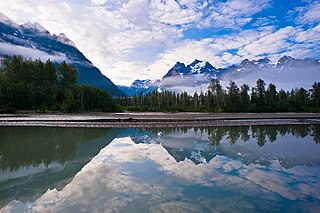 W
WRivers Without Borders is a nonprofit organization fiscally sponsored by the Tides Center in the United States. Rivers Without Borders works as a project of Tides Canada Initiatives in Canada. Tides Canada's mission is to provide uncommon solutions for the common good by leading and supporting actions that foster a healthy environment and just Canadian society.
 W
WThe Thirst Project is a non-profit organization whose aim is to bring safe drinking water to communities around the world where it is not immediately available. The Thirst Project collects money and builds wells all across the continent of Africa where villages do not have immediate drinking water. Actors Drake Bell, Ansel Elgort, Dylan O'Brien, Jennifer Lawrence and Chyler Leigh are supporters, as were the late Cameron Boyce and Naya Rivera. YouTuber Mini Ladd became a member of the organization's board of directors in 2019, but was removed from the position in the summer of 2020.
 W
WThe Village Community Boathouse is a Manhattan-based nonprofit dedicated to promoting rowing, boat building, environmental stewardship and human-powered recreational boating on the Hudson River and the New York Estuary.
 W
WWater For People was founded in 1991 by the American Water Works Association (AWWA) as a response to the increasing global water crises. It is a nonprofit international development organization that helps people in rural parts of developing countries achieve greater access to drinkable and potable water and sanitation facilities. It works to accomplish the United Nation’s 6th Sustainable Development Goal: availability of clean water and sanitation and comprehensive monitoring of freshwater facilities for the progression of human health. They seek to address the issue of nonexistent and sub-optimal water and sanitation facilities across less-developed countries. With developing locally sustainable drinking water resources and sanitation facilities, Water For People also works to bring health and hygiene education programs to local districts. The non-governmental organization also works to empower and involve local governments, corporations, schools, homes, and individuals in the construction, financing, and maintenance of the water infrastructure. Water For People has established a year-round presence in 30 districts of nine developing countries, including Guatemala, Honduras, Nicaragua, Bolivia, Peru, India, Rwanda, Uganda and Malawi. In totality, Water For People reaches 4 million people.
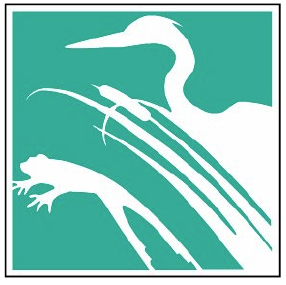 W
WThe Whippany River Watershed Action Committee (WRWAC) is a member-based, nonprofit 501(c)(3) organization, which identifies and implements projects to preserve and protect water and the surrounding natural areas. The Whippany River Watershed is an area of 69.3 square miles within Morris County in north central New Jersey. The 16-mile long Whippany River serves the only significant unconsolidated aquifer in northern New Jersey and is a source of drinking water for more than 1 million people.